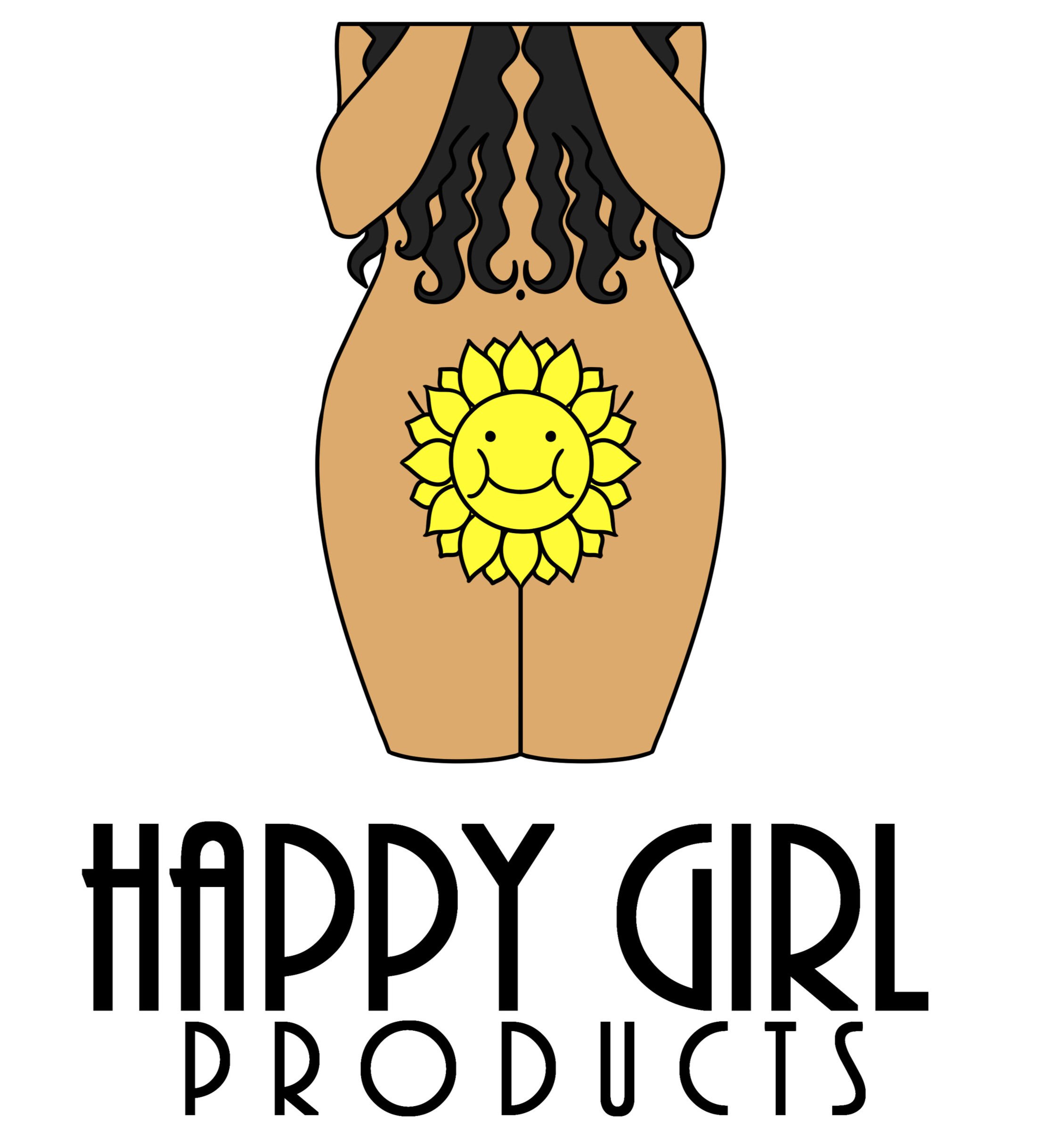Period Underwear: What You Need To Know About the Thinx Lawsuit
Period panties have gained popularity in recent years, as companies have developed underwear to absorb your period and avoid the hassle of pads and tampons. One of these companies is Thinx, a brand that advertised its products as non-toxic, safe, healthy and sustainable.
Jessian Choy, a reporter with Sierra magazine mailed unused Lunapads and Thinx menstrual underwear to Dr. Graham Peaslee, a nuclear scientist at the University of Notre Dame to test for harmful chemicals. Dr. Peaslee is the scientist who discovered PFAS chemicals in fast-food wrappers in 2017. The testing revealed that Thinx’s products contained PFAS, a harmful, human-made (synthetic) chemical that has been linked to issues with:
lowered fertility
decreased immune response even after being vaccinated
cancer
This directly opposes the company’s claims of being an organic, sustainable alternative to other menstrual products, and has led to a class-action lawsuit of up to $5 million against the company. According to Jessian Choy’s article, PFAS was not found in Lunapads.
Thinx has denied all allegations against the company, claiming that the PFAS were never involved in the product design and, moving forward, extra precautions will be taken to assure that these chemicals are not included in their products.
The lawsuit doesn’t accuse Thinx of creating and distributing a potentially harmful product. It accuses the company of marketing the product inaccurately. By marketing the product as “free of harmful chemicals,” the brand was putting consumers at risk and not giving them the full truth about their product.
We always need transparency in any product we put on and in our bodies so that we can make safe, educated decisions. Unknowingly bringing harmful substances into our body, especially when they are marketed as “safe,” can potentially put us at risk to issues that can affect us for the rest of our lives.
So What is PHAS?
According to the CDC per-and polyfluoroalkyl are a group of synthetic chemicals used to make fluoropolymer coatings and products that resist heat, oil, stains, grease and water. Over 9,000 chemicals (insert big eyed emoji) have been identified as PFAS, otherwise known as “forever chemicals.” The issue is that these chemicals attach to proteins in our blood, which in turn is transferred to our body’s central organs.
During production of these chemicals, they can migrate into the surrounding environment such as soil, water, and air. They have become widespread in the environment due to the fact that they are nearly indestructible.
Where Did It Come From?
PFOS (as it was previously called) was created by 3M Corporation in 1947 (yep, the industrial product conglomerate). Dupont started purchasing it in 1951 for its Teflon Cookware (yep, your non-stick pots), which essentially caused the spread of this chemical through the world (check out The Devil We Know and Dark Waters).
Exposure to PFAS can come from a range of goods that contain it such as water, contaminated food, eating food packaged in material containing the chemical, water/stain resistant clothing, personal care products, cosmetics, carpet, upholstery, cleaning products, non-stick cookware and from other products that contain the chemicals.
And the scariest part? Companies don’t have to tell us they’re using these products…kinda
According to PBS, “there’s no comparable international agreement or imperative on PFAS.” This means that companies are able to get away with putting these chemicals into our products because there aren’t really any laws against PFAS, and many companies rely on them to make their products work the way they’re supposed to.
Some states have started passing their own legislation to reduce the use of these chemicals, but many companies continue to use them despite the risk.
What do we look for?
PFAS can be disguised in ingredients that are listed under “fluoru.” For example, Methyl Perfluorobutyl Ether. EWG Skin Deep has a directory of ingredient names PHAS is shown as, along with a list of companies that use such ingredients in our personal care products.
What do we do?
Because chemicals such as PFAS aren’t highly regulated, it can be hard to navigate what products are safe and what products are harmful. Companies need to be honest with us as consumers about what is in their products, so that we can make educated purchasing decisions.
As always, we’re preaching to try your best to use brands that practice using safe and real ingredients. This is a catch 22 with Thinx stating that they were a “non-toxic” brand, but we don’t know if this was intentional or something that slipped through due to their manufacturer. In the meantime, we’ll still fight the good fight of demanding safe material and ingredients in our products to uphold companies to operate in a “people before profit” model.
Tip: support smaller companies. The bigger the company and the more the company raised in venture capital to grow their brand, the more likely they’ll have to change their ingredients over time. This is not an absolute, but tends to be the pattern (long story why, but if you want to know the reason, leave us a comment below).
Like this? Sign up here.
About the Author:
Allison Kindley is a Digital Media Production & Journalism student at Flagler College in St. Augustine, Florida. She loves working with Team Happy Girl because she gets to inform others on feminine wellness, learn every day, write creatively, and empower women.

